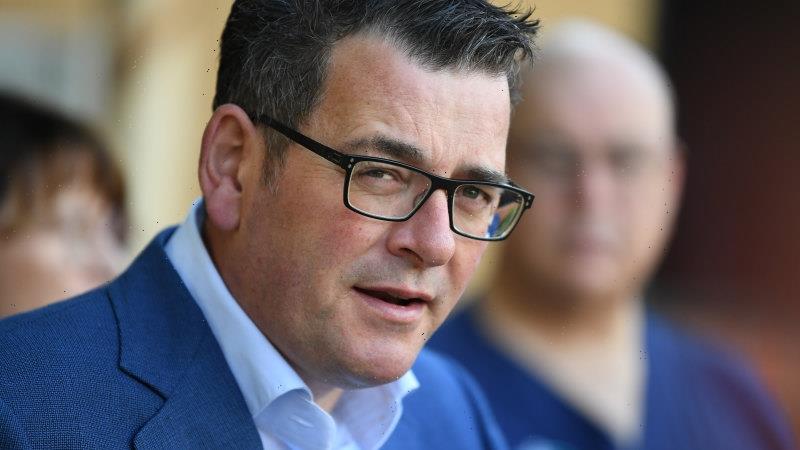Victoria is on a collision course with Canberra over the GST carve-up, with Premier Daniel Andrews warning he will not allow a “sweetheart deal” between Western Australia and the Commonwealth to hit the state’s bottom line.
In one of the first signs of trouble between the Andrews and Albanese governments, the premier on Tuesday issued some unsolicited advice to his federal Labor colleagues: “being in government is very, very hard”.
“So you want to keep WA better off, then don’t think that we are paying for it, because we are not, we are just not,” Andrews said.
The latest Commonwealth Grants Commission ruling on GST distributions, released on Tuesday, reveals Western Australia will get an extraordinary $5.6 billion more next financial than what it otherwise would have received, because of a 2018 deal struck by Scott Morrison when he was federal treasurer to appease the mining-rich state.
WA has been a net recipient of federal support since federation. But booming iron ore prices saw its share whittled back to a low of just 30¢ for every dollar of GST it raised by 2015-16 under the commission’s complex formula, which is designed to equalise living standards across the federation.
Under the Morrison agreement, WA was guaranteed a minimum of 70¢ of every dollar of GST it raised from 2022-23, rising to 75¢ in 2023-24.
Morrison also promised no other state or territory would be left worse off, announcing top-up payments from outside the GST pool to other states and territories – but only until mid-2027.
When the plan was announced, it was supposed to cost just $2.3 billion over three years. However, iron ore prices soared, leading to a massive blowout in the cost of the deal.
The commission revealed the cost of Morrison’s “no worse off” guarantee to other states is now on track to surpass $25 billion since its inception.
In the next financial year alone, the “no worse off” payments are expected to cost the budget $4.9 billion, including $1.4 billion for Victoria, leaving the state facing a gaping hole in its budget when the top-up guarantee ends in 2027.
Jim Chalmers in Western Australia on Tuesday said he was “proud” of the Morrison government’s GST deal.Credit:AAP
In a direct swipe, Andrews said it was up to the Albanese government if it wanted to keep its “sweetheart deal for WA”. But he said Victoria would not stand for the loss in compensation.
“That’s your choice, but you have been compensating us for that, and you need to keep compensating us for that,” he said. “It’s not even compensation, it’s just fairness, it’s just the right thing to do. We will not be worse off so that WA can be better off, we will not stand for that.”
“Victorian patients, Victorian students, Victorian workers and their families will not pay for WA to be better off, we just won’t, we shouldn’t even be asked to.”
However, federal Treasurer Jim Chalmers, in WA, said the government was committed to the deal it inherited from the Morrison government.
He said without it WA would have received just 10¢ from every dollar of GST raised within the state or $5.6 billion less than what it would get in the coming financial year.
“This is a deal that we are committed to, this is a deal that we are proud of, this is a deal that
ensures that we recognise that the West Australian economy often keeps the … wheels of the national economy turning,” he said.
Chalmers said the government would turn its mind to the issues around the end of the no-worse off provision in four years’ time.
Labor gained four seats in WA at the last federal election and the state is now seen as crucial to its political fortunes.
The grants commission confirmed the total GST pool is expected to swell by $3.1 billion to $86.2 billion in 2023-24. Victoria’s share is expected to grow by $621 million, to $18.8 billion. That means the state will get about 85¢ back for every $1 of GST collected within Victoria’s borders.
The Morning Edition newsletter is our guide to the day’s most important and interesting stories, analysis and insights. Sign up here.
Most Viewed in National
From our partners
Source: Read Full Article



